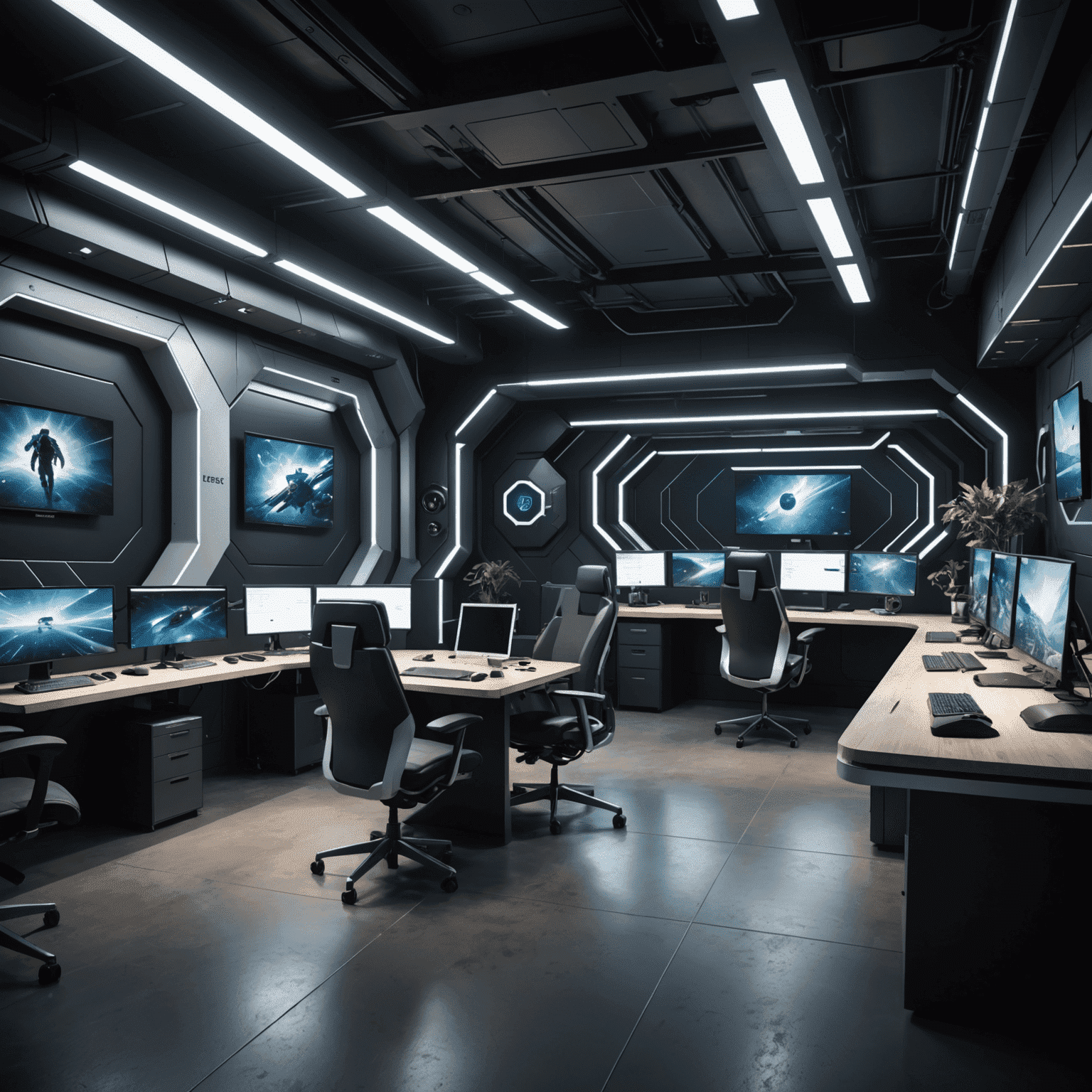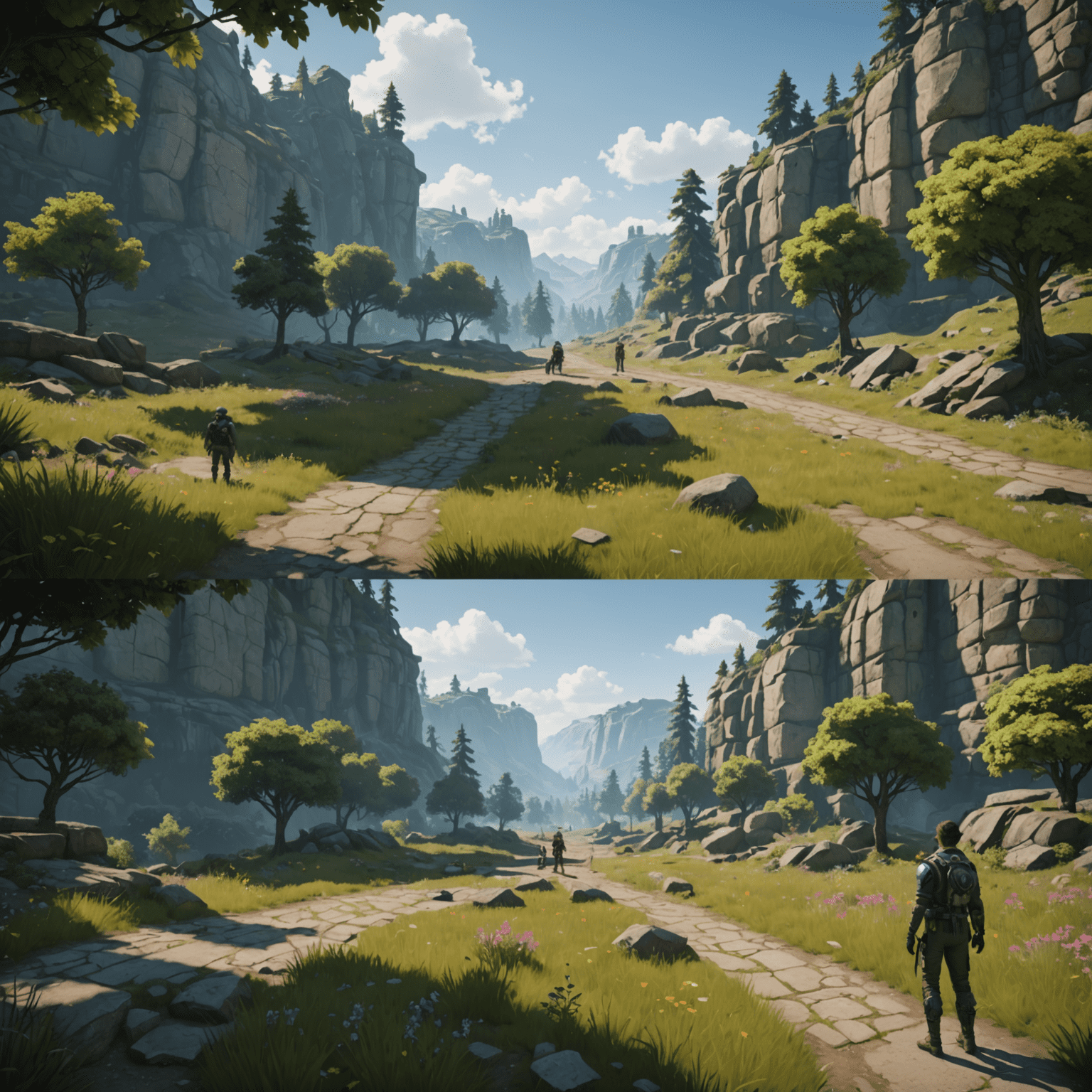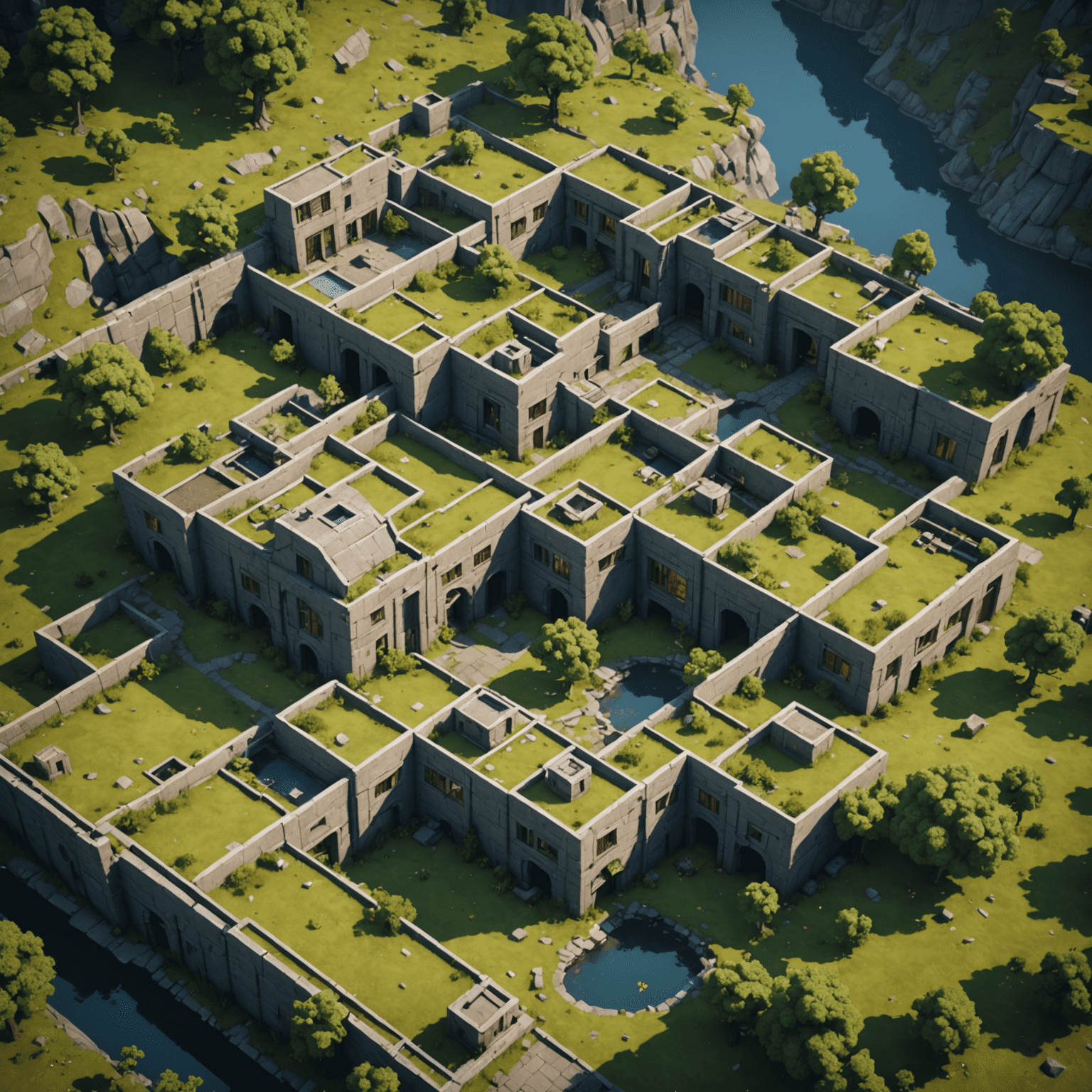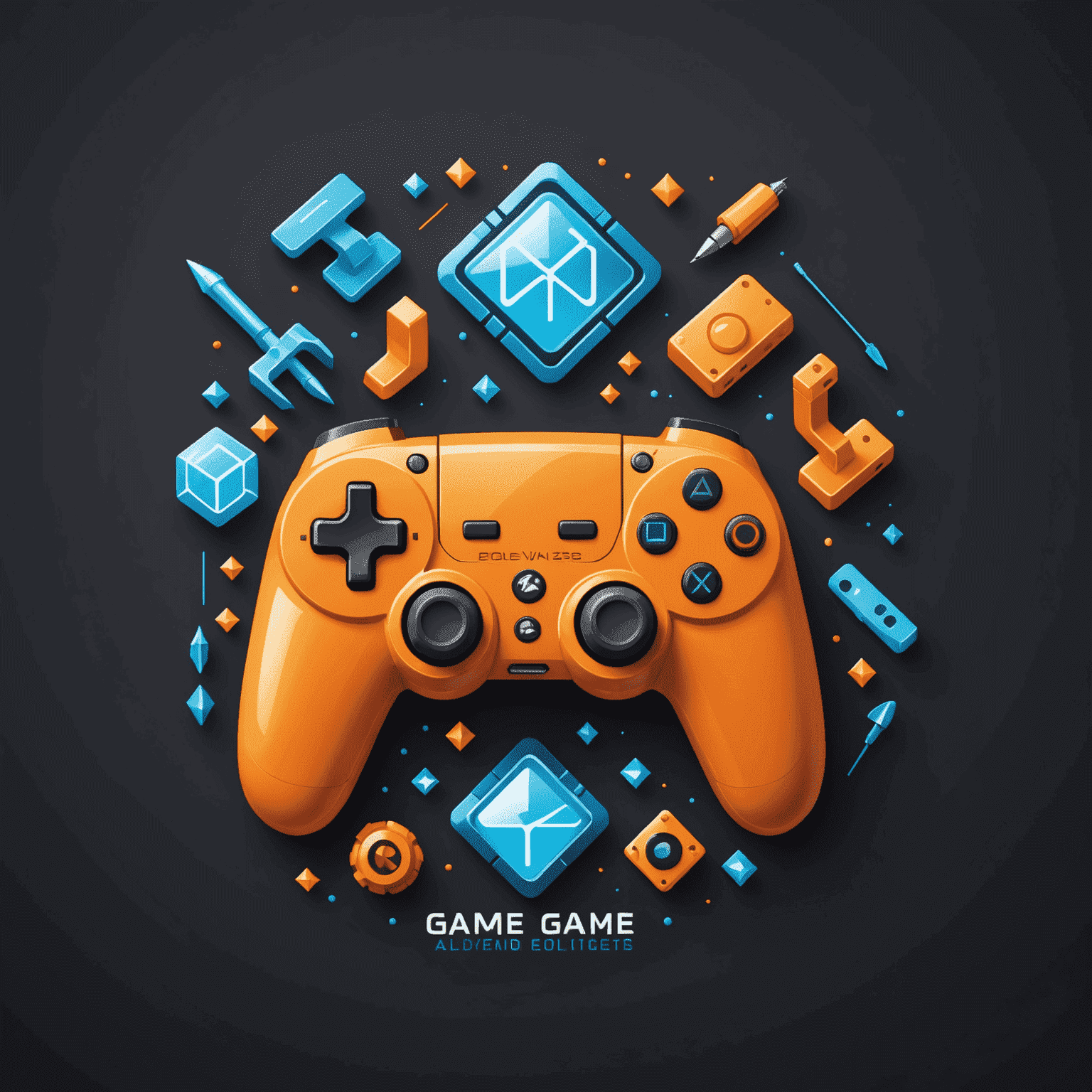Game Design Technology Updates: Revolutionizing the Australian Gaming Industry

The Australian gaming industry is experiencing a significant transformation, thanks to recent advancements in game design tools and technologies. These innovations are not only enhancing the creative process but also pushing the boundaries of what's possible in game development.
Real-Time Rendering Engines
One of the most impactful advancements has been the evolution of real-time rendering engines. Australian game studios are now leveraging powerful tools like Unreal Engine 5 and Unity's HDRP (High Definition Render Pipeline) to create stunningly realistic environments and characters. These engines allow designers to see their creations come to life instantly, significantly speeding up the iteration process.
Artificial Intelligence in Game Design
AI is playing an increasingly crucial role in game design. Australian developers are using AI-powered tools for procedural content generation, creating vast, unique game worlds with minimal manual input. Additionally, AI is being employed to enhance NPC behaviors, making game characters more realistic and responsive to player actions.

Virtual and Augmented Reality Integration
The lines between virtual and physical realities are blurring, and Australian game designers are at the forefront of this revolution. Advanced VR and AR technologies are enabling the creation of more immersive gaming experiences. From VR design tools that allow developers to build and test environments in 3D space to AR games that seamlessly blend digital elements with the real world, these technologies are opening up new avenues for creative game design.
Cloud-Based Collaboration Tools
With the shift towards remote work, cloud-based collaboration tools have become essential for game design teams across Australia. Platforms like Perforce and PlasticSCM are enabling seamless version control and asset management, while real-time collaboration tools like Figma and Miro are facilitating better communication and ideation among distributed teams.
Procedural Generation and Customizationular Design
Australian game studios are embracing procedural generation techniques and customizableular design principles to create vast, diverse game worlds efficiently. These approaches allow designers to focus on high-level creative decisions while algorithms handle the generation of detailed environments, quests, and even storylines.

The Future of Game Design in Australia
As these technologies continue to evolve, the Australian gaming industry is poised for unprecedented growth and innovation. The integration of advanced game design tools is not only enhancing the quality and complexity of games produced in Australia but also attracting global talent and investment to the country's thriving game development scene.
With a focus on creativity, technology, and player experience, Australian game designers are well-equipped to create the next generation of groundbreaking games that will captivate audiences worldwide.
